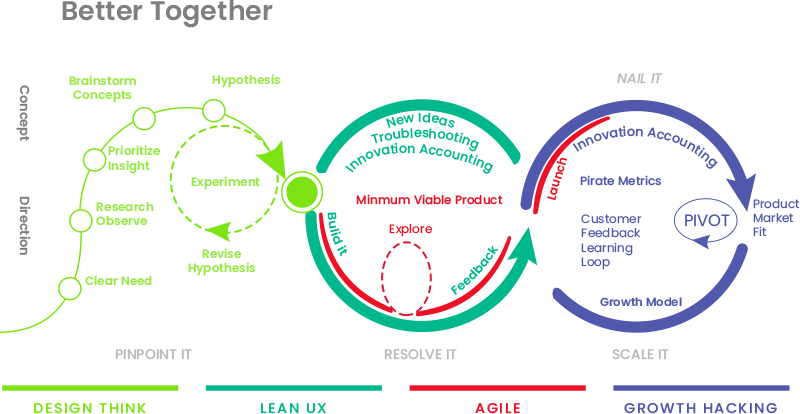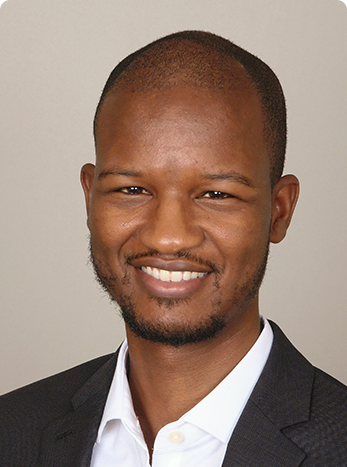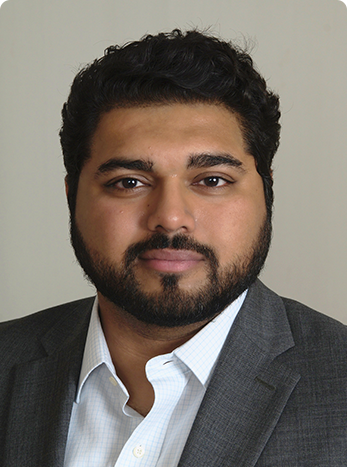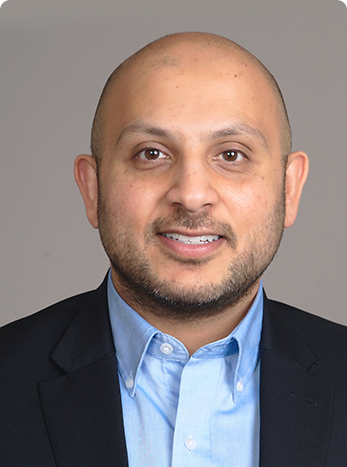ABOUT ITERUM
We’re people people. lterum was born from ex-Big-4-consultants looking for a better way to combine what we knew best-finding, retaining and optimizing industry-leading talent and a love for results-oriented project management and bleeding-edge tech. Our Human Capital consultants develop our proprietary algorithms to pick out the crème de la crème of the management and tech worlds and keep them happy, while our Agile and Tech consultants continue their relentless pursuit of pushing the envelope and transforming the modern day enterprise through exciting new methods and technologies. It may seem like a funny mix, but we prefer to let the results speak for themselves. On the talent front our partners rest easy knowing that industry leading professionals and high-quality vetting procedures are providing them with the best talent around, while on the project delivery front our clients experience first-hand how our deep understanding of Agile methods, brand, UX, web and mobile come together with leading technologies to help streamline and transform their organizations. Not convinced? Good- we have a healthy dose of audit baked into our genome as well, and we’d love to sit down with you and show you just how our approach can help your organization realize its full potential.
MEET THE TEAM
We take a macro approach to Inspect and Adapt. Through our team-based approach, cross-functional skillsets, and our vocations for our chosen disciplines, we ensure that each and every client benefits from our One Team philosophy. Meet some of the faces that enable us to do all that we do.
VALUES
Individuals and interactions over processes and tools
01Working software over comprehensive documentation
02Customer collaboration over contract negotiation
03Responding to change over following a plan
04PRINCIPLES
- Our highest priority is to satisfy the customer through early and continuous delivery of valuable software.
- Welcome changing requirements, even late in development. Agile processes harness change for the customer's competitive advantage.
- Deliver working software frequently, from a couple of weeks to a couple of months, with a preference to the shorter timescale.
- At regular intervals, the team reflects on how to become more effective, then tunes and adjusts its behaviour accordingly.
- Agile processes promote sustainable development. The sponsors, developers, and users should be able to maintain a constant pace indefinitely.
- The most efficient and effective method of conveying information to and within a development team is face-to-face conversation.
- Continuous attention to technical excellence and good design enhances agility.
- Working software is the primary measure of progress.
- Build projects around motivated individuals. Give them the environment and support they need, and trust them to get the job done.
- Simplicity--the art of maximizing the amount of work not done--is essential.
- The best architectures, requirements, and designs emerge from self-organizing teams.
- Business people and developers must work together daily throughout the project.
FRAMEWORKS
While we deploy different frameworks for different clients depending on their needs, Scrum is typically where we begin with all of our clients to help them get into the agile mindset. Over time, this framework may evolve to incorporate practices found in Extreme Programming (XP), Large Scale Scrum (LeSS), Scaled Agile Framework (SAFe), Matrixed Agile, Lean, and a host of others.

Shu-Ha-Ri
Implementing a custom agile framework to meet project deliverables is great, but how do we ensure that innovation and growth hacking will continue to be a part of your company culture once we’ve completed the project and handed it back to your team? By practising the Japanese concept of Shu-Ha-Ri. Shu-Ha-Ri is a way of thinking about how you learn a technique. The name comes from Japanese martial arts (particularly Aikido), and Alistair Cockburn introduced it as a way of thinking about learning techniques and methodologies for software development.
Shu

Doing Agile
In the first stage of agility the student follows the teachings of one master precisely. The student concentrates on how to do the task, without worrying too much about the underlying theory. If there are multiple variations on how to do the task, the student concentrates on just the one way the master teaches them.
Frameworks
Ha

Understanding Agile
In the second stage of agility the student begins to branch out on their own. With the basic practices working, the student starts to learn the underlying principles and theory behind the techniques. The student also starts learning from other masters and integrates that learning into practice.
Principles
Ri

Being Agile
In the third stage of agility the student isn’t primarily learning from other people, but from his or her own practice. The student creates their own approaches and adapts what they’ve learned to their own particular circumstances.








